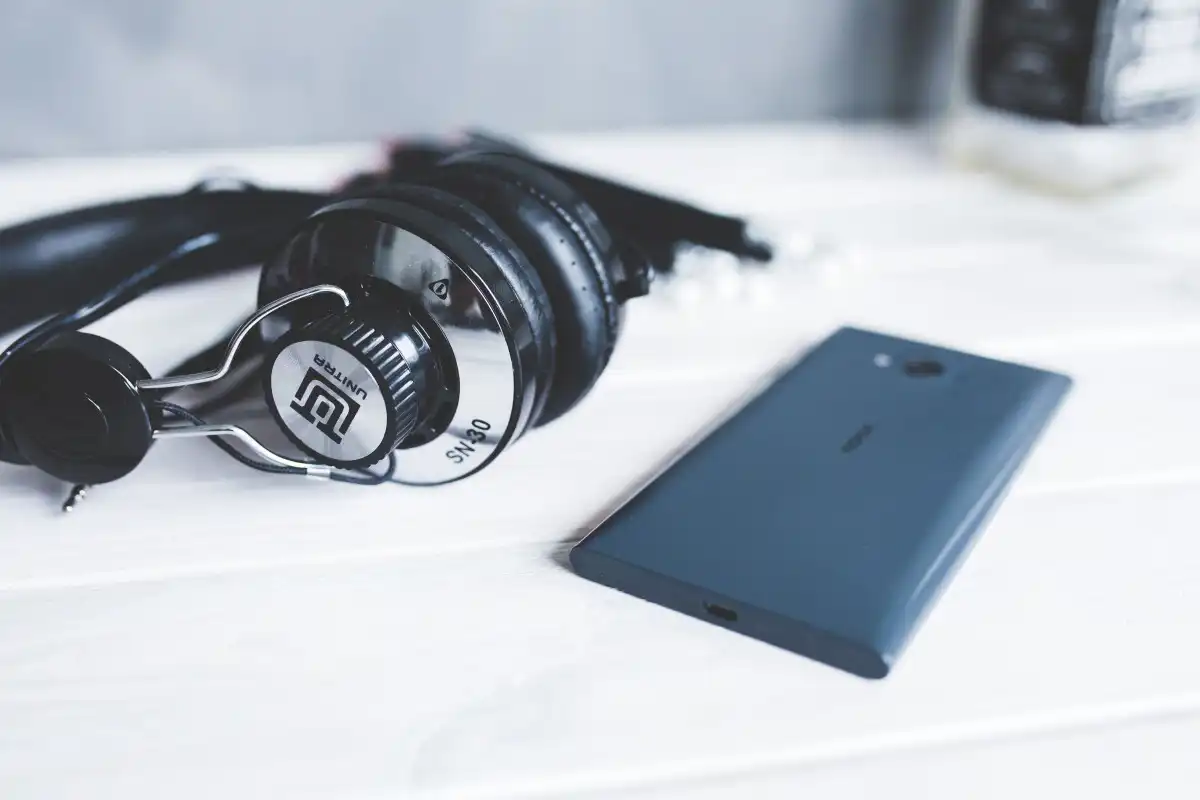Artificial Intelligence (AI) technology has journeyed with us into nearly every area of our lives. One of the recent additions to the list of spaces occupied by AI is schools. Artificial Intervention's ability to predict a students' disposition towards self-harm or suicide has led to its incorporation into the school's ecosystem. Questions about the invasion of privacy and cost, however, invariably follow.
AI makes use of software that scans, scrutinizes, and analyzes students' online activity. Everything, from search histories to emails and assignments, becomes accessible. This extensive perusal of data allows AI to detect potential signs of a student contemplating suicide, an idea that at face value, seems justifiable.
These AI software costs vary, but their uptake in schools has been increasing. Schools across the country are signing contracts worth thousands of dollars. They believe that the physical safety and mental well-being of students justify the cost, but what about the risks of privacy invasion?

To some, the monitoring of students' activities is an unwarranted infringement on their privacy. As students try to navigate the virtual world, they are watched over by vigilant AI software, potentially infringing on their ability to communicate freely and privately.
Various children's advocacy groups argue against this form of surveillance, stating that it could potentially stunt students’ growth. They believe that pulling students into an environment of constant policing and scrutiny can harm their intellectual growth and development.
The counter-argument arises from the unfortunate increase in school suicides and violence. Schools have an obligation to protect their students and provide safe learning environments. If AI technology can help accomplish this goal, it's seen as an acceptable compromise on privacy.
The effectiveness of this approach, however, is uncertain. While there are claims that AI has successfully predicted suicide risks among students, these are anecdotal evidences. There are no comprehensive studies or proven statistics to back these claims.
The problem isn't only about whether AI can accurately predict suicidal tendencies. Relying on AI for such sensitive issues could result in schools shrinking back from establishing more effective methods of supporting students, such as fostering positive connections and building emotional resilience.
The role of guidance counselors can never be overstated. They are the heart of the school community, lending a listening ear and a compassionate voice to students. Relying too heavily on AI could potentially threaten their role in schools’ overall framework of student support.
The invasion of privacy also touches on larger concerns about data collection. Gathering all of this information about students raises questions about how the data is being stored and who, outside the school, has access to it.
Some argue if the school is perceived as surveillant, it might create a culture of mistrust between students and faculty. Children might be wary of opening up and sharing personal issues, knowing they are being closely monitored all the time.
It is clear that there are ample grounds for both support and opposition to this idea. While protection of student life and health should always take precedence, there needs to be a careful delineation of lines that ensures privacy is also respected.
Another challenge arises when considering how AI can impact students from different racial and socio-economic backgrounds. Surveillance could potentially become another form of discrimination, being used to target certain groups disproportionately.
Uncertainty remains. Are schools using AI as a genuine method to protect children or a means to avoid liability in case of harmful incidents? The question remains unanswered and merits careful thought.
There needs to be a space facilitated for honest and open discourse on this issue. Parents, students, mental health experts, teachers, and law enforcement officials all need to be included in this conversation to find the optimal solution.
Ultimately, AI's role in our schools is a complex issue. It’s a decision involving the balance of prospective safety with the potential invasion of privacy. It's about weighing the cost against the potential benefits and dealing with the unintended consequences that come with it.
Should we continue plunging headlong into maximizing the use of AI in schools? Or, should we reconsider and contemplate how privacy and youth development may be compromised by surveillance?
In conclusion, our schools remain a battleground where the lines are continually being drawn and redrawn, between technological intervention and privacy rights, between safety precautions and an atmosphere of trust.
The constant evolution of technology along with its potential impacts on society inevitably compels us to reassess our pre-established notions of safeguarding students. We must strive for a balance that keeps students safe, without compromising their rights and personal freedom.